A770 vs. RTX 3060 VR Reverb G2 Performance Charted
Although Intel’s A770 drivers installed easily and we set up our Valve Index, SteamVR refused to recognize the Index and Intel confirmed lack of Arc driver support. Fortunately, we were able to set up a Reverb G2, a WMR (Windows Mixed Reality) headset, and charted A770 performance versus the RTX 3060 using FCAT VR.

The Reverb G2 is a much more demanding headset than the Valve Index. We do not recommend using entry level VR cards like the A770 or RTX 3060 to drive it any more than we would for 4K pancake gaming, but the G2 is our only WMR headset. Fortunately, despite many crashes to desktop, we were able to benchmark six VR games on generally the lowest settings using FCAT VR.
VR Games & Settings
We benchmark using FCAT VR on Windows 11 Pro Edition 2H22 with Intel’s Core i9-13900KF, and 32GB of T-Force Delta RGB 6400MHz CL40 DDR5 2x16GB memory on an ASUS Prime-A Wi-Fi Z790 motherboard with fast SSD storage. All VR games and benchmarks are patched to their latest versions, and we use Intel’s most recent drivers.
For this review, we benchmarked the Reverb G2 using FCAT VR and allowed the default SteamVR 100% render resolution (3168×3096). It uses a factor of ~1.4X (the native resolution is 2160×2160) to compensate for lens distortion and to increase clarity. We are going to compare the performance of the A770 with the RTX 3060, generally at each game’s in-game lowest VR settings.
Here are the six VR games we tested.
VR Games
- Elite Dangerous
- F1 2022
- Moss: Book II
- Project CARS 2
- The Vanishing of Ethan Carter
- The Walking Dead: Saints & Sinners
IMPORTANT: BTR’s charts use frametimes in ms where lower is better, but we also compare “unconstrained framerates” – measuring only one important performance metric – which shows what a video card could deliver (headroom) if it wasn’t locked to either 90 FPS or to 45 FPS by the HMD. In the case of unconstrained FPS, faster is better.
In addition, FCAT VR does not distinguish between dropped and synthesized frames using the G2.
Let’s individually look at our 6 VR games’ performance using FCAT VR.
First up, Elite Dangerous.
Elite Dangerous (ED)
Elite Dangerous is a popular space sim built using the COBRA engine. It is hard to find a repeatable benchmark outside of the training missions.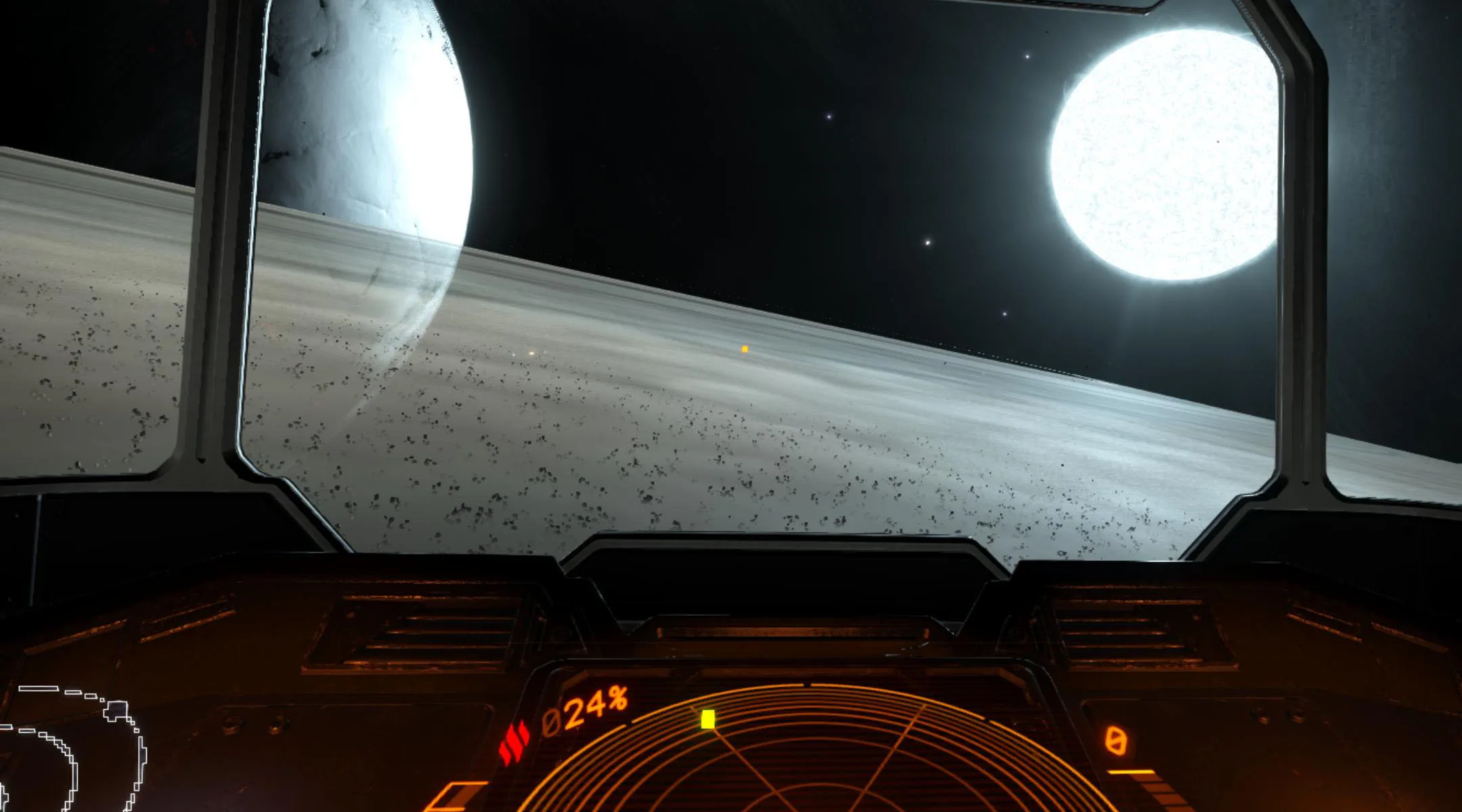
A player will probably spend a lot of time piloting his space cruiser while completing a multitude of tasks as well as visiting space stations and orbiting a multitude of different planets. Elite Dangerous is also co-op and multiplayer with a dedicated following of players.
We picked the Lowest settings but we left the Field of View on its maximum.
Here are the frametimes.
Here are the details as reported by FCAT-VR:

The A770 managed 69.73 unconstrained FPS with 3301 (40%) synthesized or dropped frames but no Warp misses.
The RTX 3060 delivered 77.41 unconstrained FPS with 4667 (50%) synthesized or dropped frames and no Warp misses.
Although the A770 delivers only ~10% less unconstrained frames per second, the Elite Dangerous VR experience is much better using the RX 3060. The A770 framerate delivery is uneven leading to visible stutters which break immersion.
Let’s look at F1 2022.
F1 2022
Codemasters has captured the entire Formula 1 2021 season racing in F1 2022, and the VR immersion is good. The graphics are customizeable and solid, handling and physics are good, the AI is acceptable, the scenery is outstanding, and the experience ticks many of the necessary boxes for a racing sim.
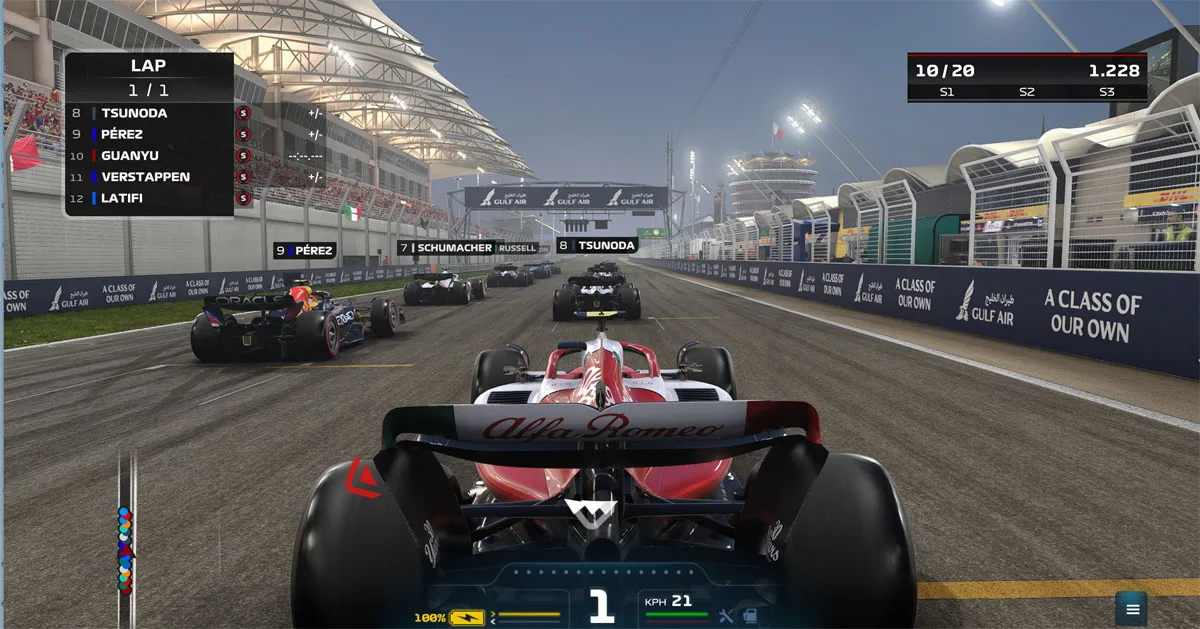
Here is the frametime plot for F1 2022.
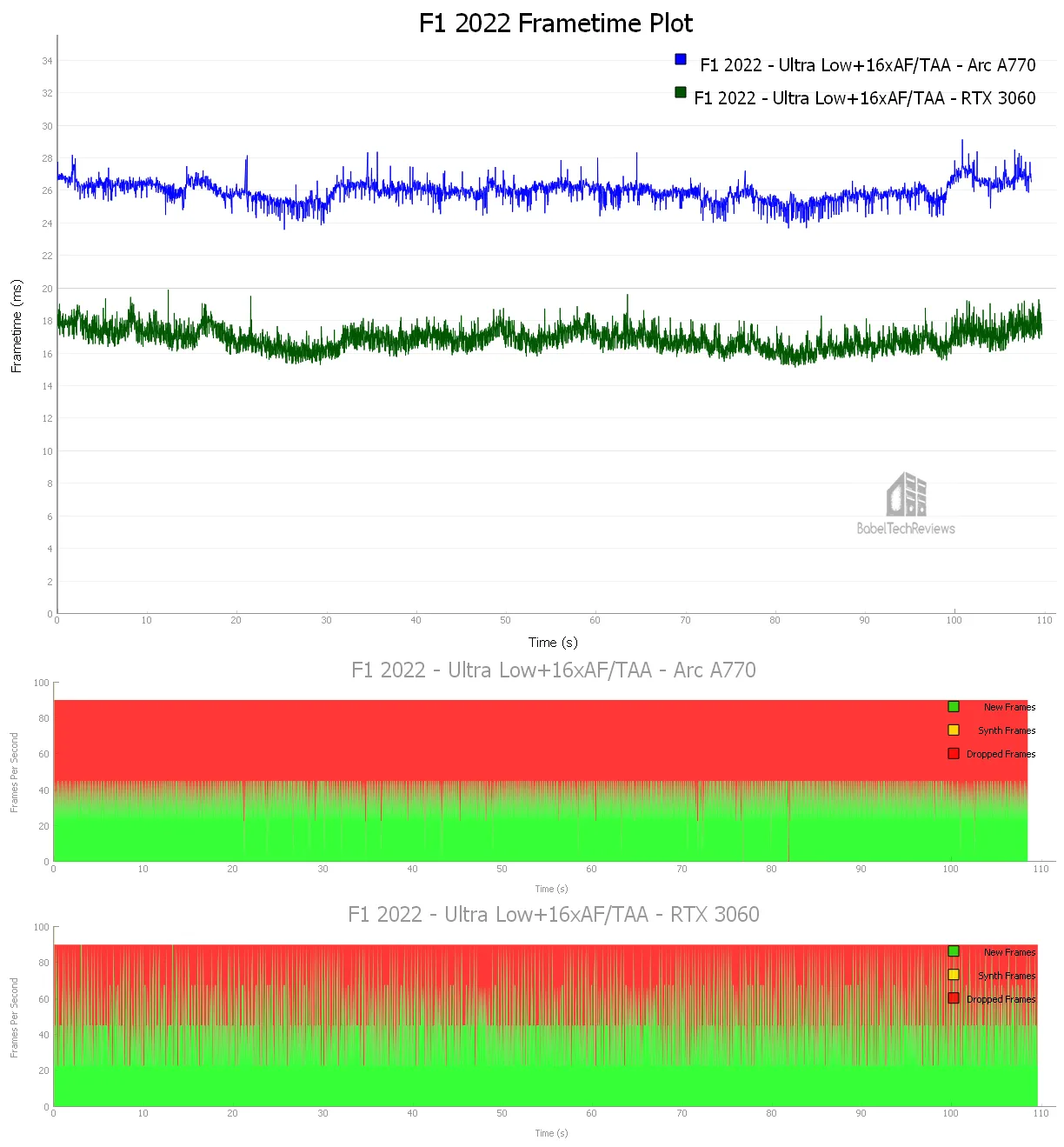
Here are the details as reported by FCAT-VR.

The A770 managed 38.58 unconstrained FPS with 5935 (61%) synthesized or dropped frames but no Warp misses.
The RTX 3060 delivered 59.13 unconstrained FPS with 6202 (54%) synthesized or dropped frames and no reported Warp misses.
The A770 falls way behind the RX 3060 in raw performance. The A770 framerate delivery is fairly even due to Motion Smoothing, but the artifacting is very annoying and there are immersion breaking stutters.
Next, we look at Moss: Book II.
Moss: Book II
Moss: Book II is an amazing VR experience with much better graphics than the original game. It’s a 3rd person puzzle adventure game played seated that offers a direct physical interaction between you (the Reader) and your avatar, Quill, a mouse that bring real depth to the story. Extreme attention has been paid to the tiniest details with overall great art composition and outstanding lighting that make this game a must-play for gamers of all ages.
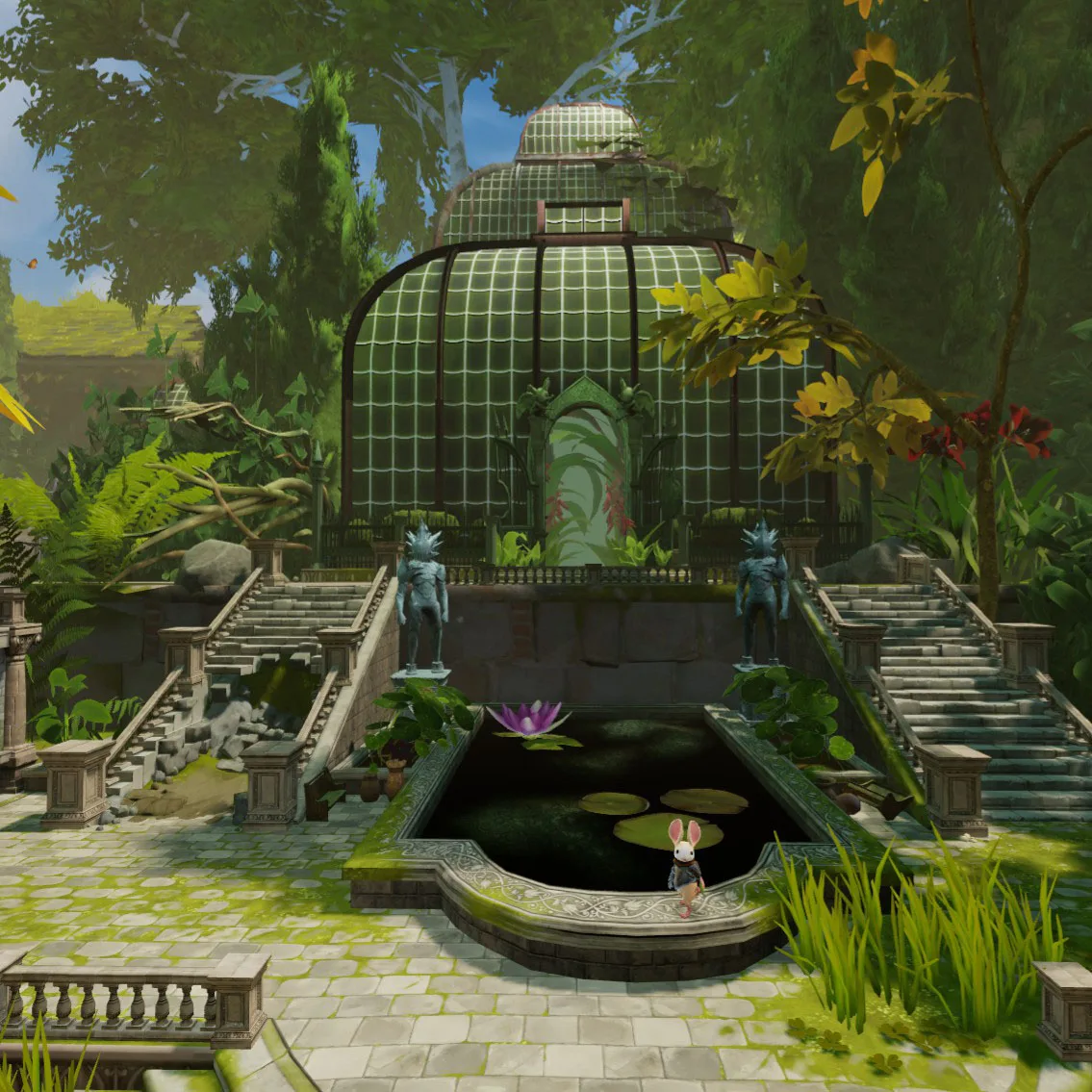
Although Moss II boasts very good visuals, it is so well-optimized and undemanding that we use its in-game highest settings.
Here are the frametimes plots of our cards.
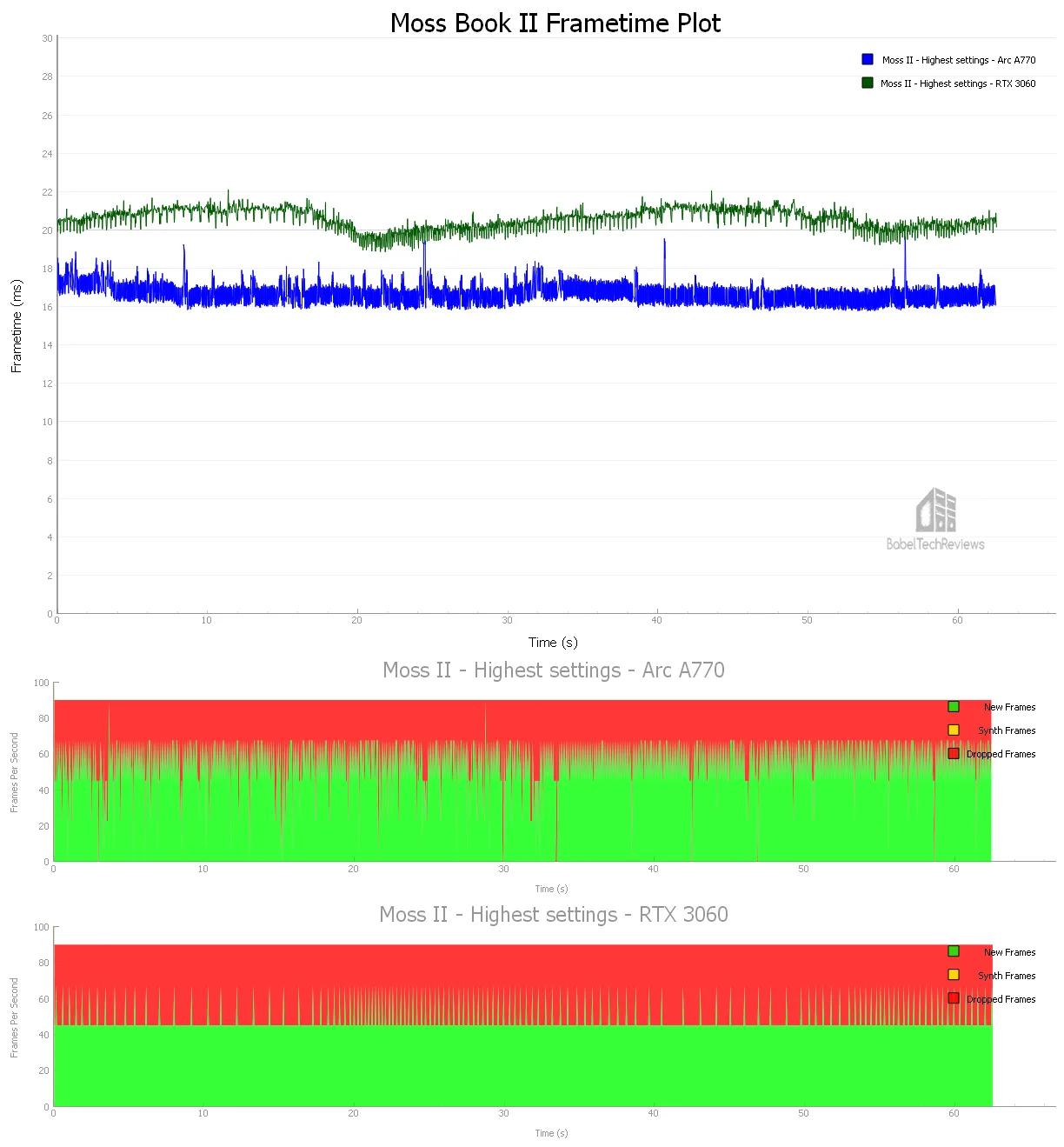
Here are the details are reported by FCAT-VR:

The A770 delivered 52.85 unconstrained FPS with 2343 (41%) synthesized or dropped frames but with 18 Warp misses.
The RTX 3060 delivered 48.69 unconstrained FPS with 2691 (48%) synthesized or dropped frames and no Warp misses.
Although the A770 delivers a much higher unconstrained FPS, the A770 delivery is uneven leading with a large chug or lag every few seconds. The RTX 3060 delivers a solidly passable experience relying on Motion Smoothing for even FPS delivery suitable for this slow-paced game.
Let’s continue with another VR game, Project CARS 2.
Project CARS 2 (PC2)
There is still a sense of immersion that comes from playing Project CARS 2 in VR using a wheel and pedals. It uses its in-house Madness engine, and the physics implementation is outstanding. 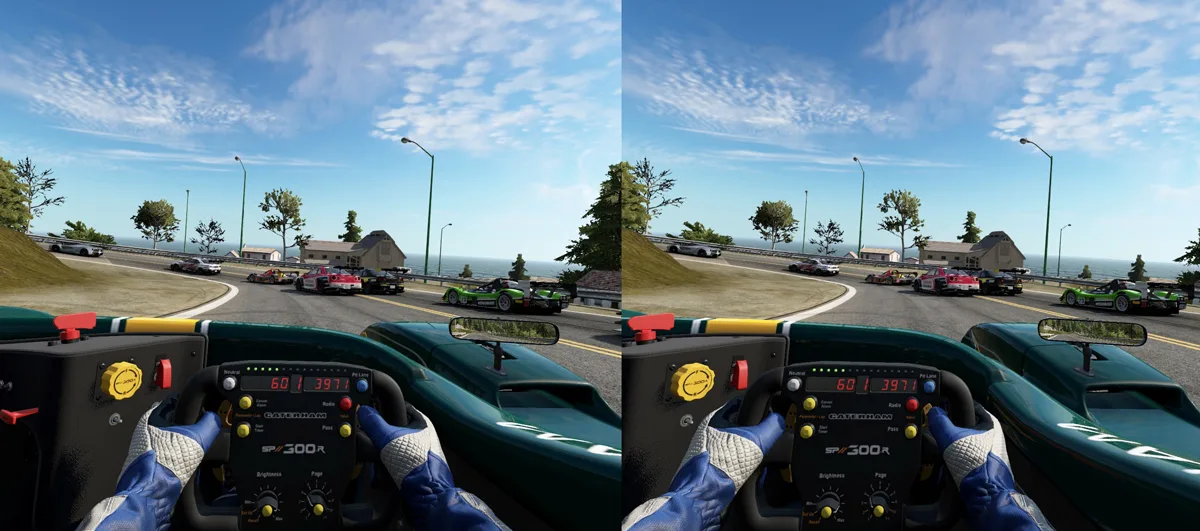
We used minimum settings including SMAA low (no MSAA/enhancements off).
Here is the frametime plot.
Here are the FCAT-VR details.

The A770 delivered 43.39 unconstrained FPS with 5874 (56%) synthesized or dropped frames and no Warp misses.
The RTX 3060 delivered 42.48 unconstrained FPS with 7326 (61%) synthesized or dropped frames and no reported Warp misses.
The A770 matches the RX 3060 in raw performance. Although there are still stutters and visible artifacting, the A770 gives its best VR experience out of the games we tested and benchmarked.
Next, we will check out The Vanishing of Ethan Carter.
The Vanishing of Ethan Carter
Although The Vanishing of Ethan Carter is an older first generation VR game built on the Unreal 4 engine, it still boasts amazing visuals even on entry-level cards. Although it is considered by some to be a walking simulator, it is also an excellent detective game with great puzzles. However, be aware that its style of locomotion tends to make some of its players VR sick.
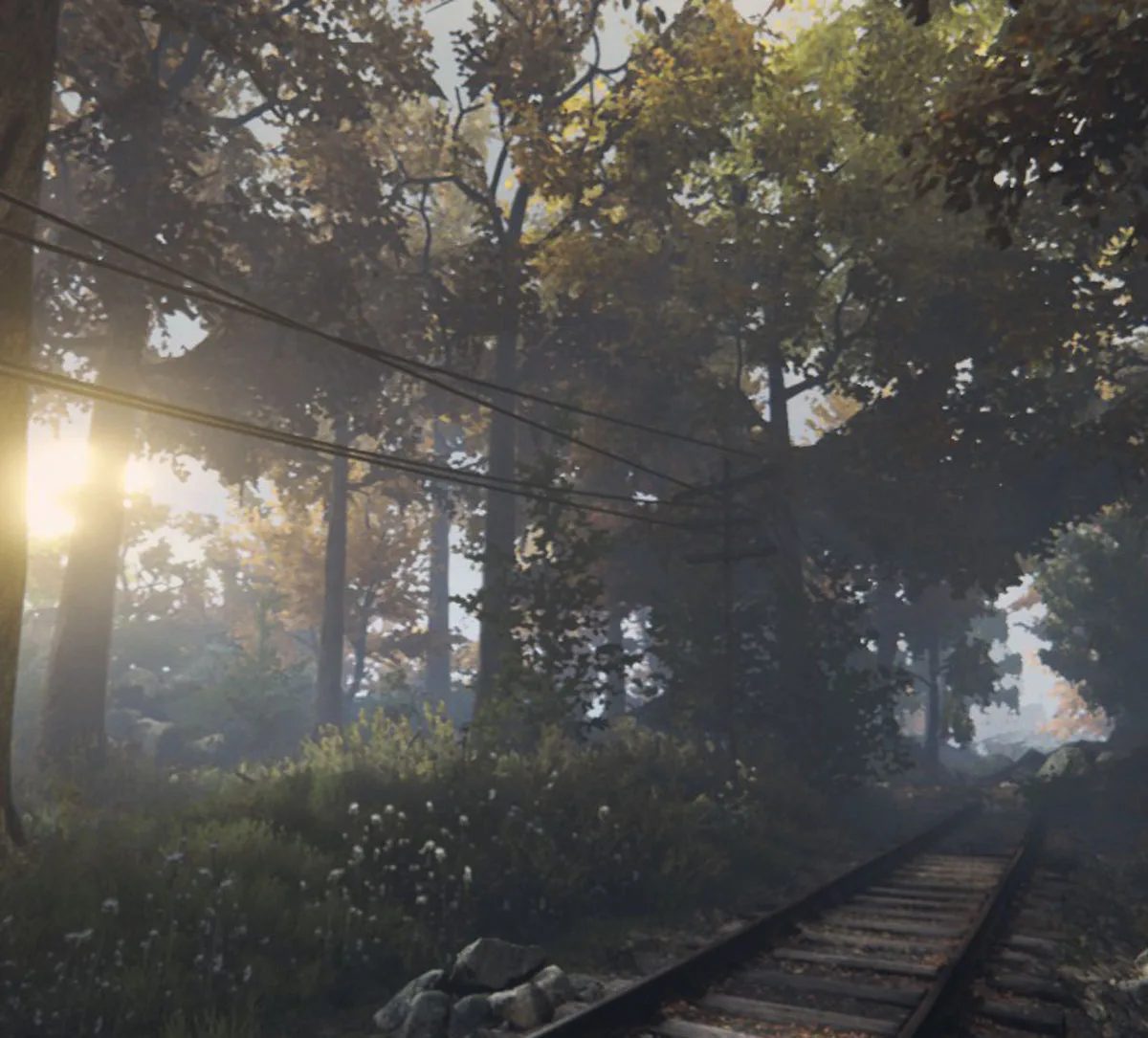
There are only a few in-game graphics options available, so we picked 100% resolution with TAA.
Here is the frametime plot.

Here are the FCAT-VR details.

The A770 delivered 82.54 unconstrained FPS with 3241 (34%) synthesized or dropped frames but with 1 Warp miss.
The RTX 3060 delivered 65.16 unconstrained FPS with 7073 (56%) synthesized or dropped frames and no Warp misses.
Although the A770 delivers a much higher unconstrained FPS, the experience playing The Vanishing of Ethan Carter was the worst of any VR game we tried that actually ran. The Arc framerate delivery was so uneven as to cause discomfort and nausea. In contrast, the RTX 3060 was able to deliver a decent and playable experience for a very slow-paced VR game.
Last up, The Walking Dead: Saints & Sinners.
The Walking Dead: Saints & Sinners
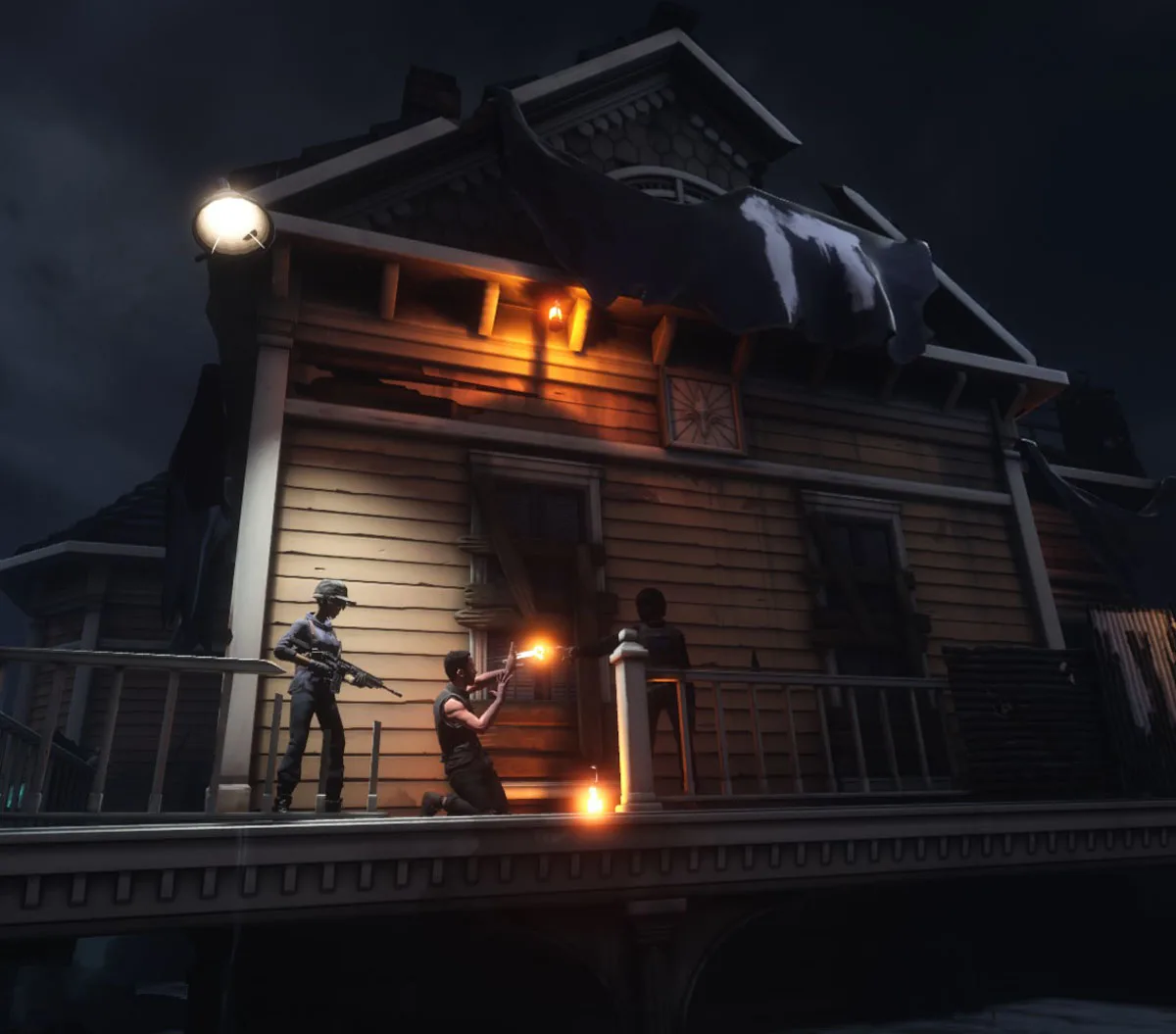
The Walking Dead: Saints & Sinner is the last of BTR’s 10 VR game benching suite. It is a first person survival horror adventure RPG with a strong emphasis on crafting. Its visuals using the Unreal 4 engine are very good and it makes good use of physics for interactions.
We benchmarked Saints and Sinners using its lowest settings but we left the Pixel Density at 100%. Here is the frametime chart.
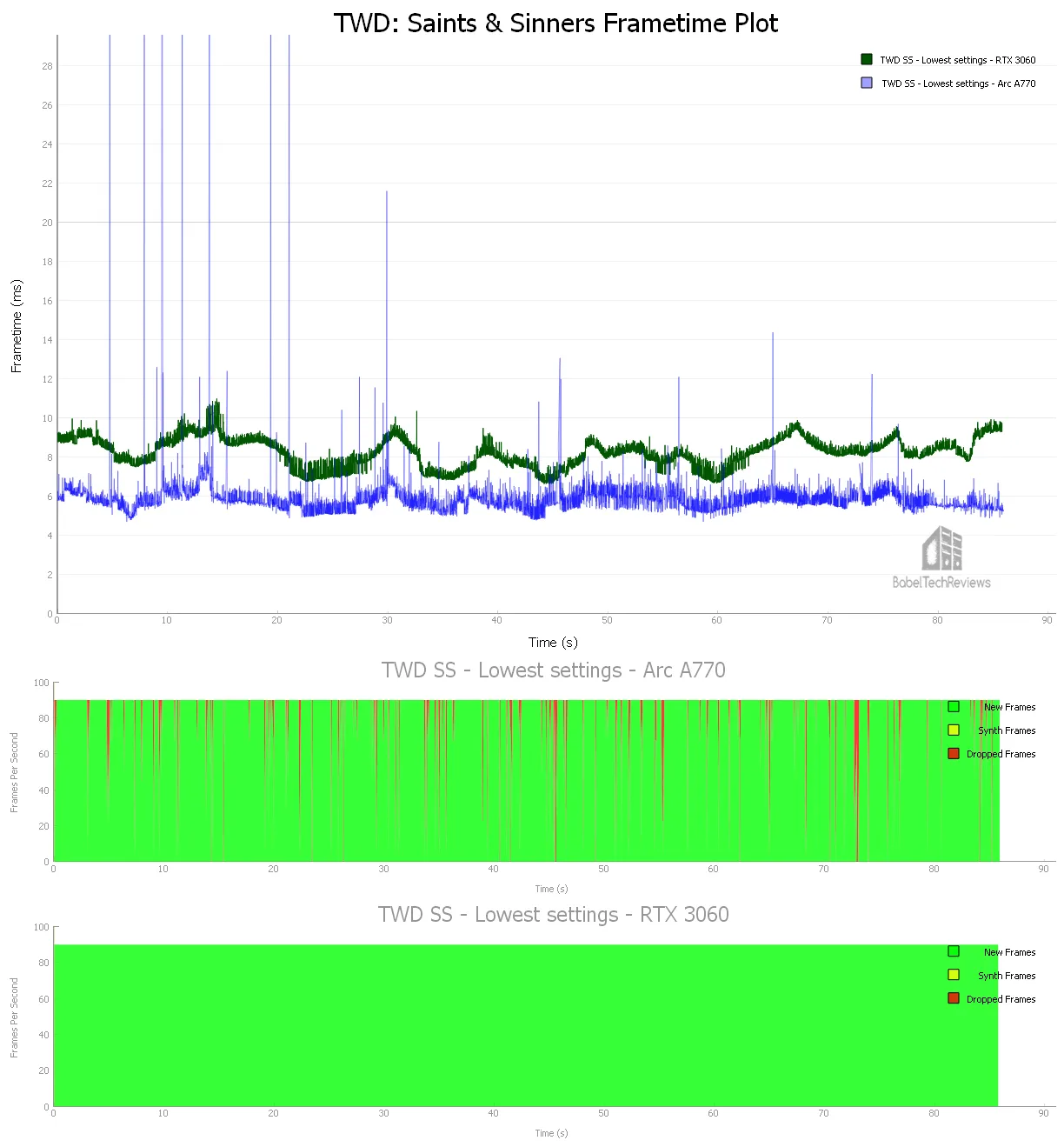
Here are the details as reported by FCAT-VR.
The A770 delivered 170.3 unconstrained FPS with 723 (9%) synthesized or dropped frames but with 5 Warp misses.
The RTX 3060 delivered 121.96 unconstrained FPS with no synthesized or dropped frames and no Warp misses.
Again, although the A770 delivers a much higher unconstrained FPS, the A770 delivery is uneven leading to a lower delivered framerate than that of the RTX 3060 which delivers a solid VR experience. Our benchmarking points to Intel driver issues that need to be addressed.
Let’s check out unconstrained framerates and final thoughts.
A Note Unconstrained Framerates & Final Thoughts
Unconstrained framerates, although important by demonstrating the raw power of a graphics card, do not by themselves give the whole VR performance picture. Although the Intel Arc A770 won four out of six in this category, the VR experience was much better on the generally less expensive RTX 3060. We believe that it is likely that Intel’s driver issues are to blame. We plan to revisit Arc VR performance in a few months, hopefully using Steam VR
Stay tuned. Rodrigo has two not-to-be-missed in-depth major video card reviews coming shortly.
A personal note from BTR’s now retired E-I-C, Mark Poppin
After a great 15 years since ABT and then BTR were established, I am retiring from my duties as Editor-in-Chief and lead reviewer as of today, January 1, 2023. BTR’s has been acquired by JPR (Jon Peddie Research) splitting ownership with Mario who is now BTR’s manager, and Rodrigo is now the lead reviewer. I’ll continue to contribute some VR reviews regularly.
Thanks to all of our loyal readers who turn to BTR for the best reviews – It will get even better!
Happy New Year & Happy Gaming!
Comments are closed.